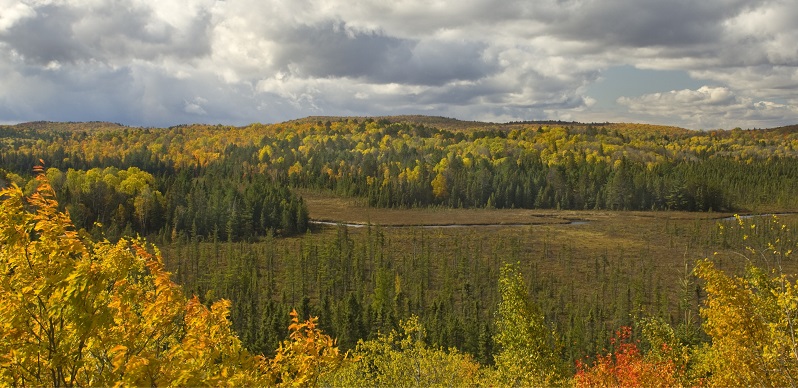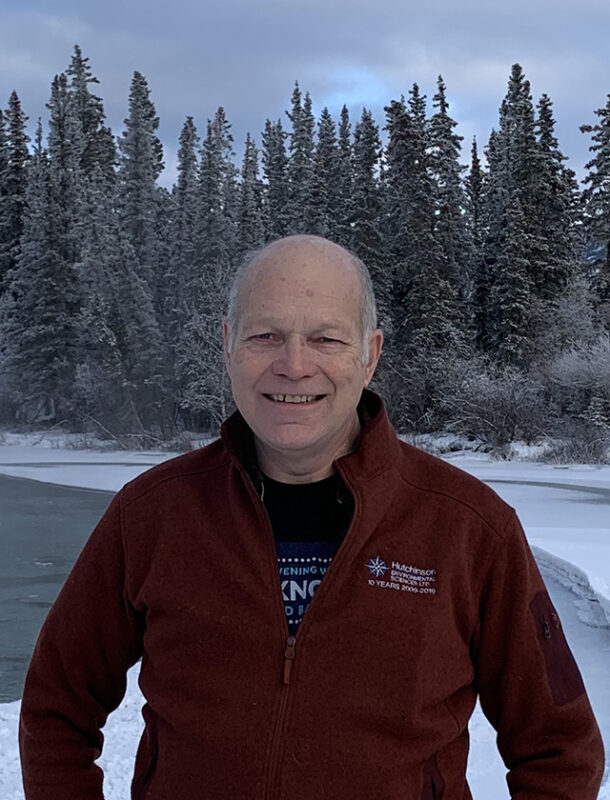‘We all agree we love Muskoka’: A common vision for Muskoka’s natural environment.
We cannot thrive without understanding how ecological forces, including human actions, shape the world we live in.
By Neil Hutchinson.

Our past two articles have highlighted the need for setting goals and targets to guide future management of our activities in Muskoka. Goals and targets must be formed, however, from a consensus all can agree upon.
We previously published articles from three important perspectives: Indigenous (Christopher Stock), scientific (Peter Sale) and political leadership (Jeff Lehman). I have summarized key themes from each, seeking common ground we can all work toward and what it would look like.
We all agree we love Muskoka and that our watershed is among the most loved environments in our country. Our natural heritage is intrinsic to who we are and represents something truly special, for residents and visitors alike.
We all recognize, however, the Muskoka Watershed of today is the result of drastic manipulations to the natural world — a result of exploitation for monetary gain, with little consideration of impact. In this sense, the economy and ecology have been opposing forces — you could have one or the other but not both. This has left a disrupted and disconnected ecosystem.
But our perspective has changed. We are now beginning to understand this ecosystem is fragile and is being buffeted by myriad stresses, both local and global. We need to take a serious look at the watershed as a whole and not just parts of it. We recognize we must sustain and enhance this ecosystem by minimizing our impacts. We must accept our role as members of the ecosystem rather than its masters and that our wants must sometimes be subservient to the needs of the ecosystem as a whole.
So what can we do to address this vision?
We can demand effective management, built on sound science and continual monitoring of watershed status. We can link Indigenous understandings and western science together to complement each other with the common goal of natural restoration of the ecosystem.
We can restore wildlife and habitat: installing fish ladders to restore the hydrologic connectivity that was interrupted by dams so fish can move and spawn from Georgian Bay to Algonquin Park and the Severn River. We can build hatcheries for native species of fish, amphibians and plants such as wild rice. Wild and high bush cranberries, sweet grass and other medicinal plant species to be to be restocked where they have been lost. A strong forest stewardship plan to restore our dying and diseased trees should be coupled with controlled burning to reintroduce needed nutrients back into the earth and to protect from disastrous fires as the climate warms.
Such management does not mean growth or development must stop, but it must be done in a way that protects the watershed. We must ensure sustainable practices in our activities, including regulation that ensures extractive industries can operate without adverse effects on watershed health. We must use our skills to ensure future changes create and sustain diverse, natural environments interspersed with modern human neighbourhoods, a place that is fun to visit and wonderful to live in.
We must plan communities around sustainable building, transportation and communications systems in a green economy of low-impact jobs. Through energy conservation and our hydropower, could we become a net exporter of green energy produced in Muskoka?
Our planning policies must permanently protect sensitive lands, prevent further habitat fragmentation with a focus on shoreline protection, watercourse naturalization and related initiatives. Naturalization of streams, preservation of wetlands and protection of green spaces in urban areas will provide habitat, enjoyment by residents and will allow natural filtration of contaminants.
Our contributors all see a future Muskoka as the greenest region in Ontario and a leader in building environmental sustainability into every activity we undertake. Our watershed can be a leading example of the benefits inherent in an economy and a society interwoven with their natural setting. If we are to succeed, we must put our beautiful environment above jurisdictional considerations and work together in a co-ordinated movement to sustainability.
We need an agreement, a framework and the will among all who share the Muskoka Watershed — collaboration among Indigenous, municipal and provincial bodies to build the science, policy and work needed to leave the generations to come a Muskoka Watershed that is better than we found it. We can do it!

This is the latest in our summer series of articles from the Muskoka Watershed Council on “Living in a Changing Watershed” and published on MuskokaRegion.com, which explore a common theme of integration and relationships. Dr. Neil Hutchinson is a retired aquatic scientist, Bracebridge resident and director of Muskoka Watershed Council, Friends of the Muskoka Watershed and Georgian Bay Forever.
